Fujifilm X-T3 – It consistently delivers the results I need
It’s noon on a Tuesday in the South Lokichar Basin, and even though it’s a general rule to never shoot this time of day, directly under the sun, sometimes these things just aren’t in my control. I’m up here in northern Kenya, working on a story about how oil drilling here has been the subject of high controversy and speculation for more than a decade. Earlier this year, after much stalling and prevaricating, the Anglo-Irish company Tullow Oil has confirmed that they will be proceeding with the industrial-scale drilling project. This will not only have massive consequences for the greater Kenyan economy, but for communities living in these future oil fields.

A boy running past homes in Nyalenda B, an underserved slum area in Kisumu, on the shores of Lake Victoria. Malaria continues to be a prevailing disease in such damp places.

A doctor helping a new mother with her child’s malaria vaccinations in Nyalenda B, December 2021.
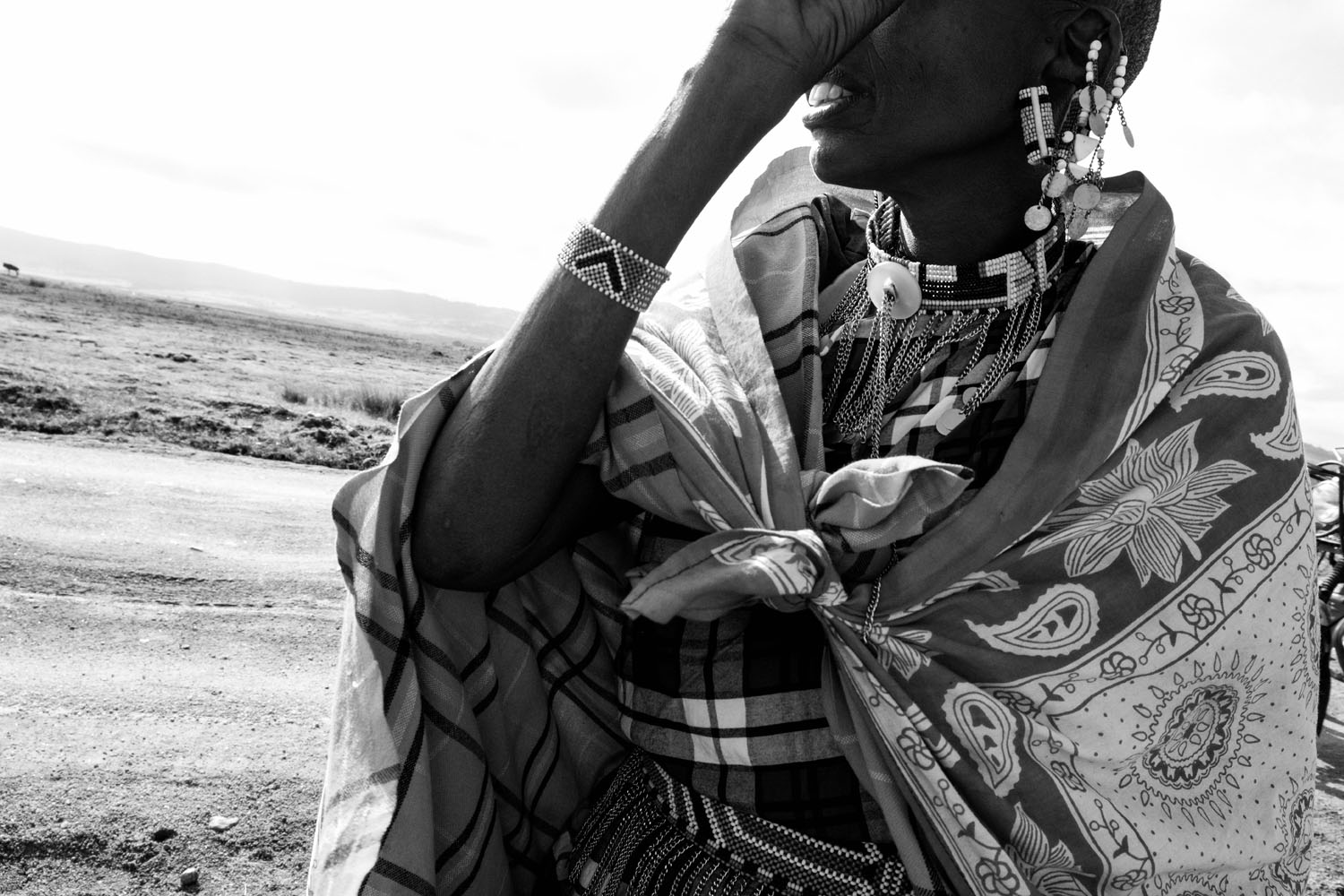
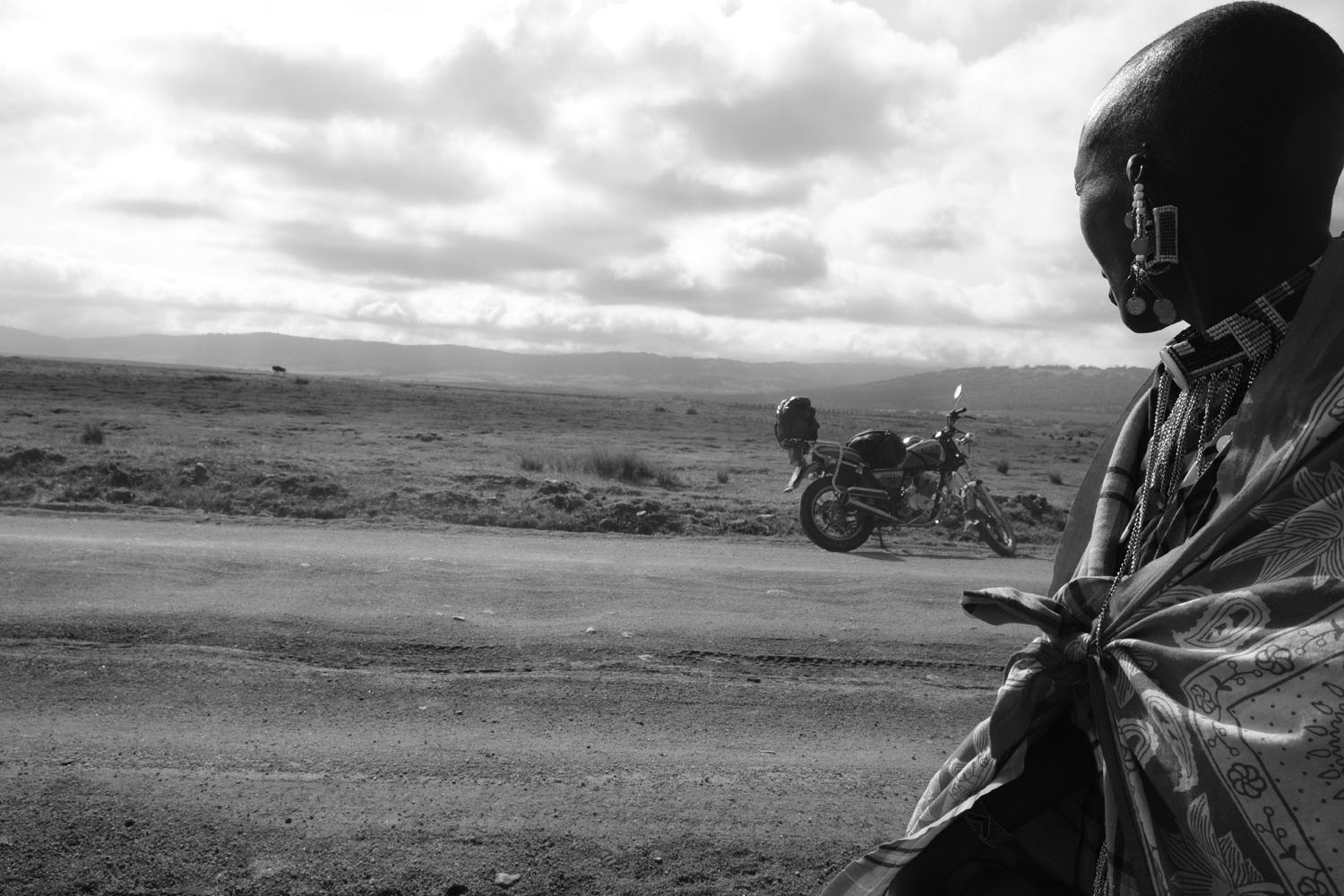
RIGHT: Fuji X-T3 . Fuji XF18-55mmF2.8-4 @18mm . F/9 . 1/2200″ . ISO 1000
A local Maasai woman in a community-owned portion of the Maasai Mara

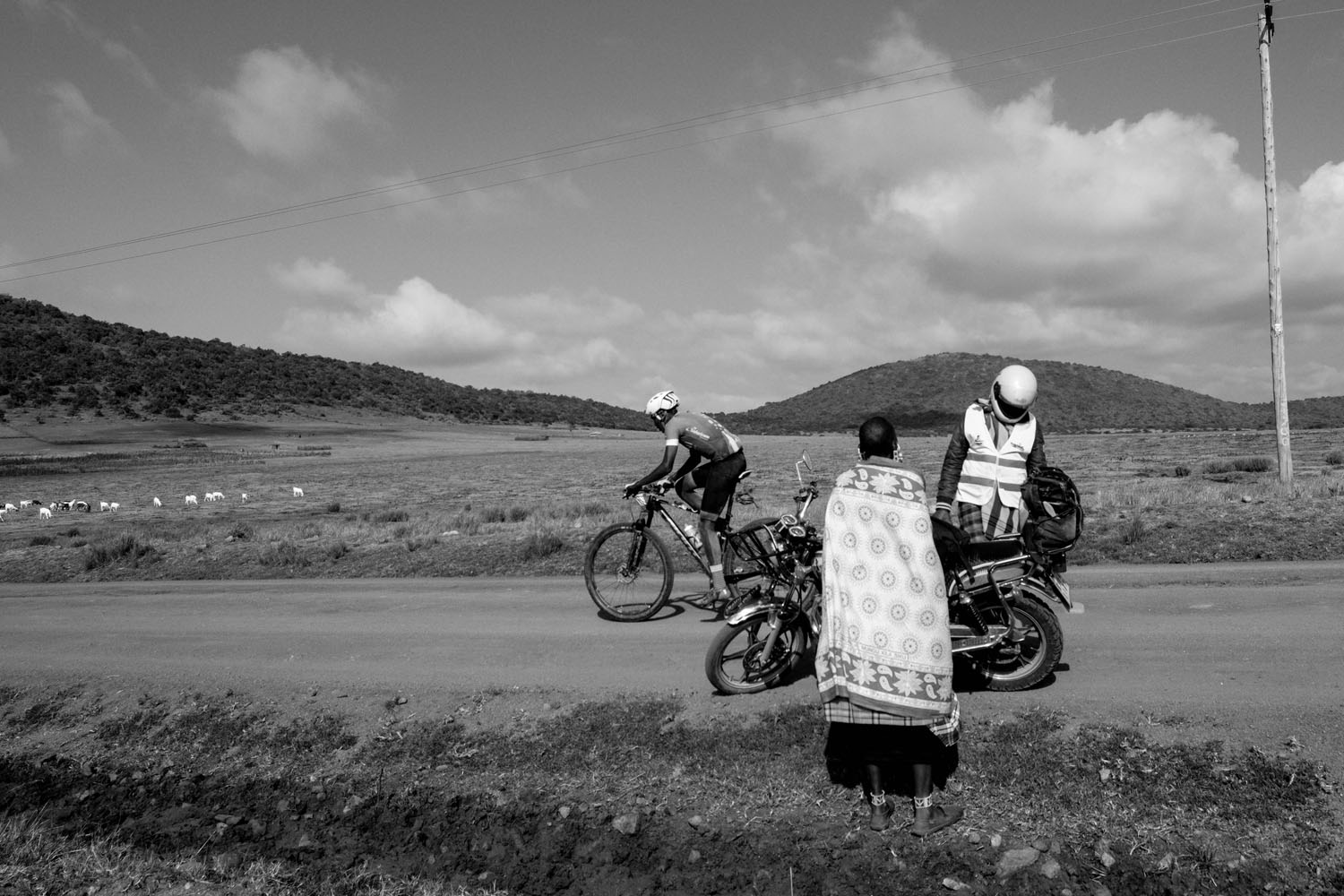
RIGHT: Fuji X-T3 . Fuji XF18-55mmF2.8-4 @18mm . F/9 . 1/2000″ . ISO 1000
A local Maasai woman walking home, witnessing the occurrence of the Migration Gravel race on her community’s ancestral lands
Over the past 4 years, I’ve been working as an independent photojournalist based out of Nairobi, Kenya, covering environmental change, the impact of development on cultural continuity, and outdoor adventure. My work takes me across parts of remote, underreported regions in Kenya and every week is different. Despite the unpredictability of my job, there are a few constants in my life that keep me grounded. It’s comforting to know that despite the myriad of things that could go wrong (and oftentimes do), I can always count on my gear for holding fast. Sometimes it’s weather related––blazing hot sun and dangerously high temperatures, when I cover stories of drought and resource scarcity, the unpredictable high-altitude environments of Mt Kenya, the second highest mountain in Africa, getting caught in a storm on a fisherman’s boat––and sometimes logistical (fixers and guides not showing up on time, vehicles breaking down in the middle of a forest with no service, hoping that things remain stable in transboundary regions known for arms trafficking and conflict).

Women waiting at a health clinic in Kokuro in the Ilemi Triangle, a disputed region between Kenya, Ethiopia, and South Sudan.


Migration Gravel Race support members at a water station along the 4-day, 650km bike race.
RIGHT: Fuji X-T3 . Fuji XF18-55mmF2.8-4 @18.80mm . F/4.0 . 1/1400″ . ISO 500
Women and children of Riam Riame, a small village in Lokichar, northern Kenya
The gear I use needs to keep up with all the different places I go. It’s not uncommon for me to have to go on half-day motorbike rides or drive in a 4×4 on very rough roads to get to the sites where I’m interviewing sources or documenting certain assignments.
When caught in intense situations, where I need to think on my feet while juggling dozens of logistics, while trying to capture the images I want, it’s great having reliable gear. My Fujifilm X-T3 has proven to be a great addition to my kit in shooting under suboptimal direct-sun conditions, producing clean lines and sharp details without looking totally washed out. It pushes through all different conditions and consistently delivers the results I need.

Team Amani, an East African gravel racing team, training in central Kenya’s Iten, home of marathon runners and other endurance athletes.
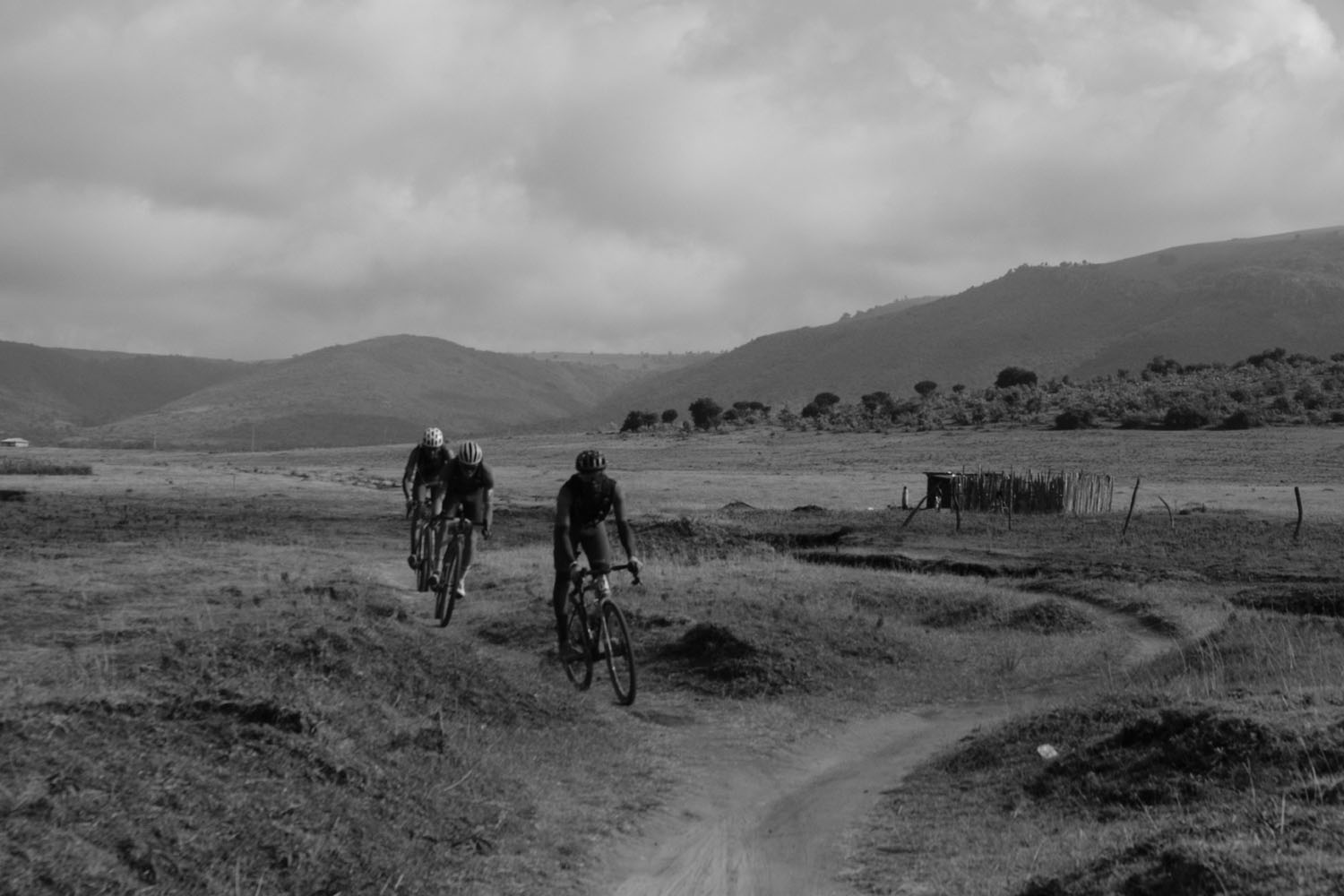
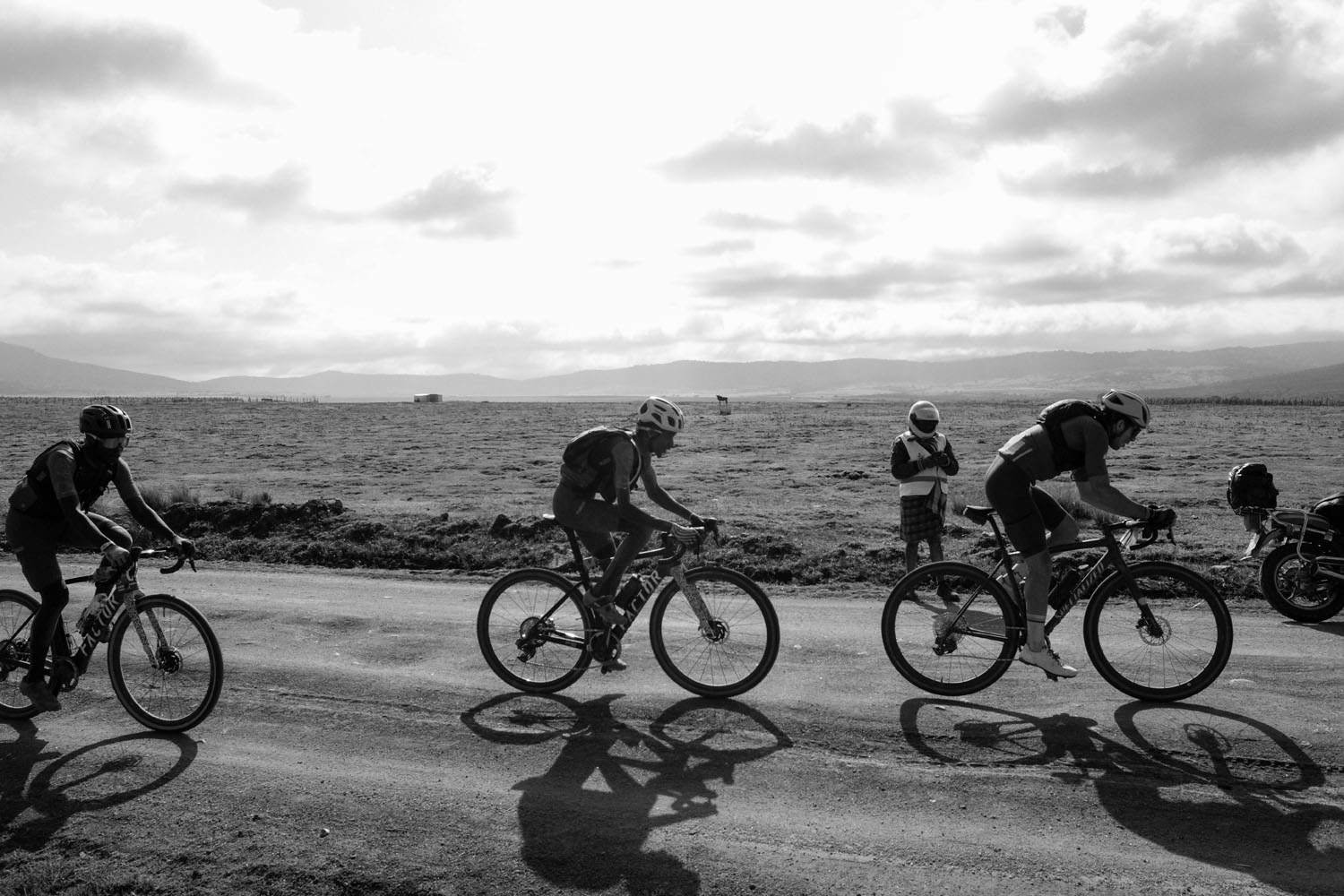
Racers at the Migration Gravel Race across Kenya’s famed Maasai Mara, a wildlife safari destination, in June 2023.
RIGHT: Fuji X-T3 . Fuji XF18-55mmF2.8-4 @18mm . F/10 . 1/1500″ . ISO 1000
Racers at the Migration Gravel Race traversing the grasslands of the Maasai Mara
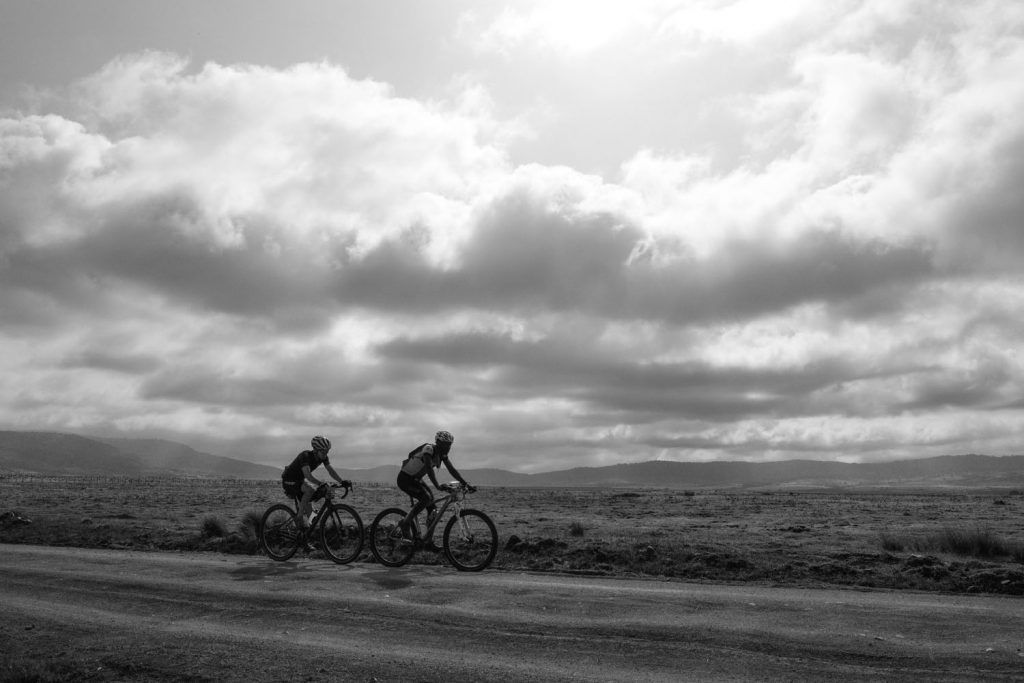
Racers at the Migration Gravel Race traversing the grasslands of the Maasai Mara
There’s also the matter of discreteness when working as a documentary photographer. There are times when it’s good to bring little attention to yourself, despite the fact that you will of course be standing out as a foreign correspondent. My mirrorless Fujifilm, with its very portable body and small lenses, comes off as very unimposing, nearly disarming with its cuteness (particularly compared to the very bulky gear of traditional DSLRs).
As a freelancer, I’m usually planning multiple stories in advance and get out into the field depending on commissions, funding, and conditions. I’ve grown to become excited about bringing the Fujifilm along and love how it captures certain scenes in a way that my DSLR otherwise can’t handle.
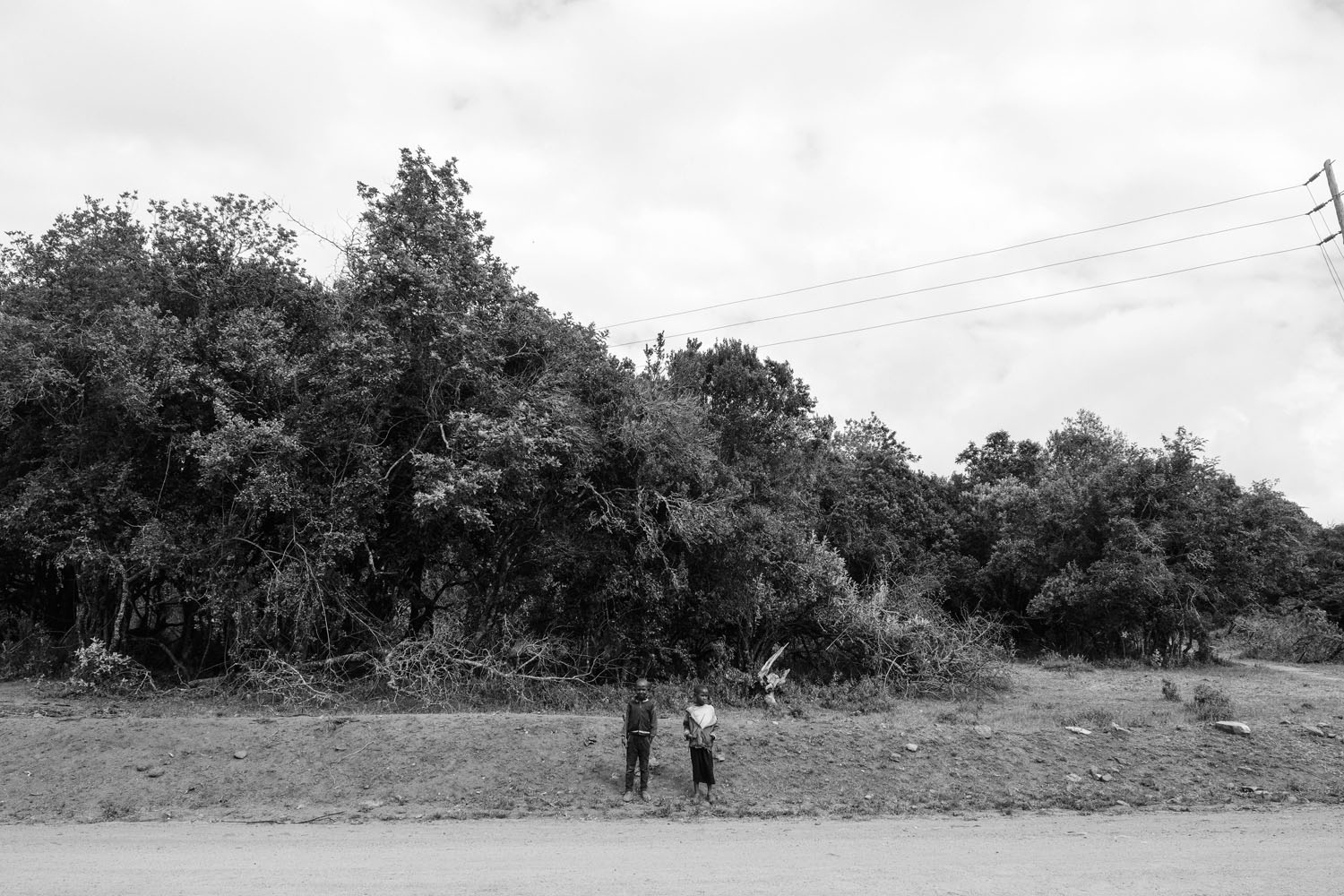
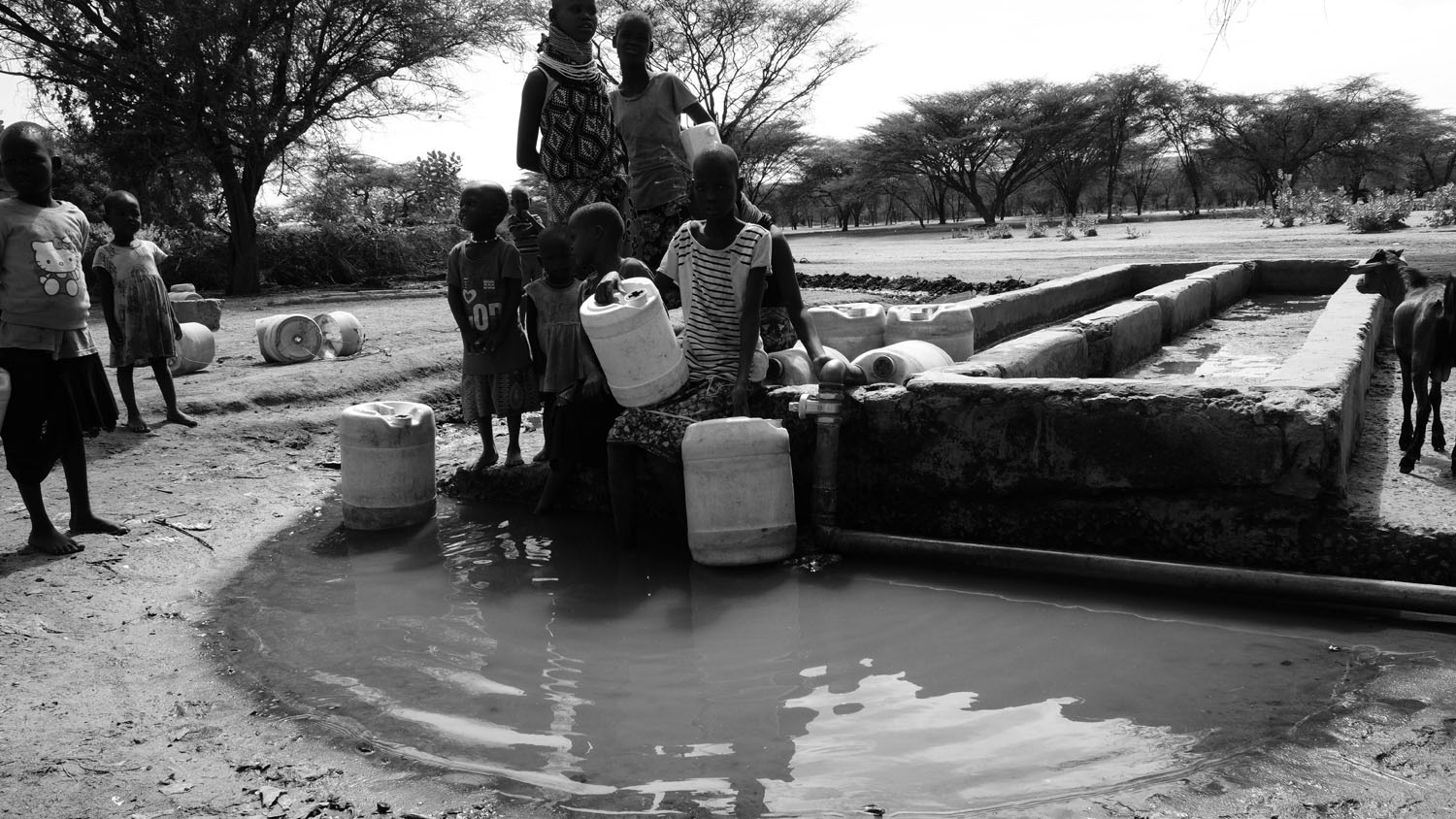
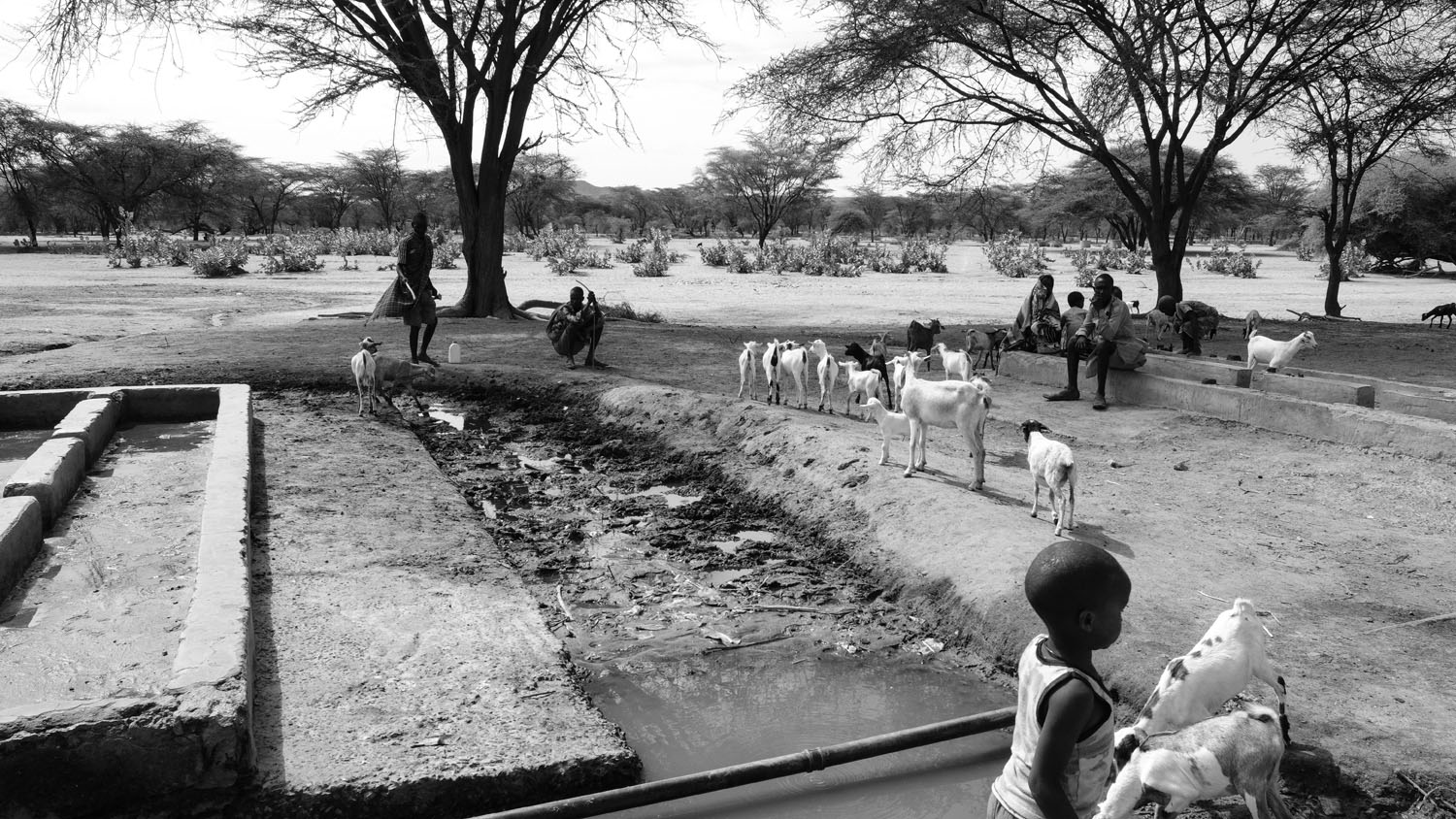
RIGHT: Fuji X-T3 . Fuji XF18-55mmF2.8-4 @18mm . F/11 . 1/250″ . ISO 400
A local village not far from Lokichar at a borehole. This county has been grounds for oil development speculation over the past decade.

Camels belonging to local Turkana crossing the new tarmac roads in northern Kenya.
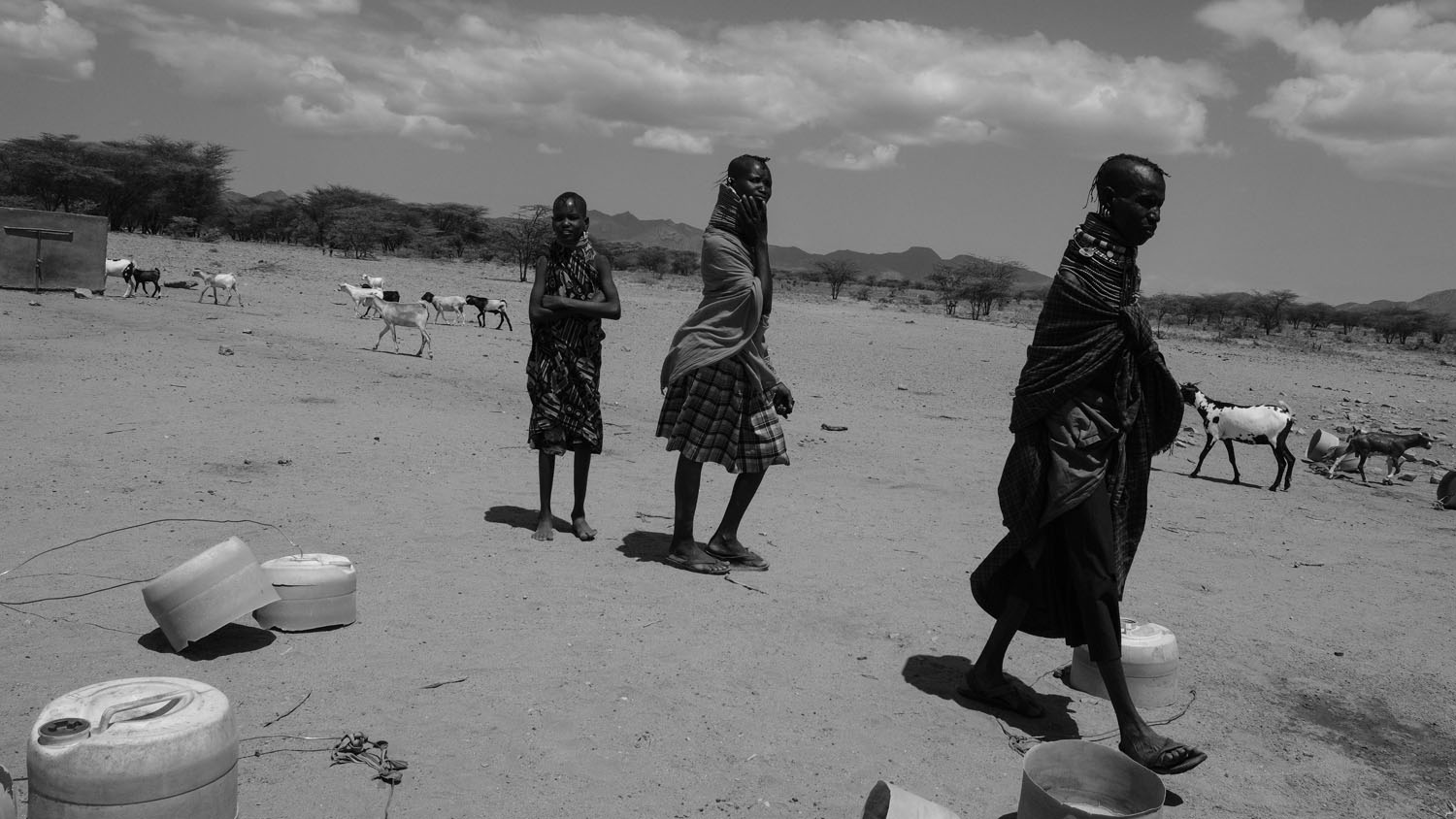

RIGHT: Fuji X-T3 . Fuji XF18-55mmF2.8-4 @18mm . F/9 . 1/2000″ . ISO 500
Turkana women spend much of their time gathering water and looking after livestock, the main livelihood of the region
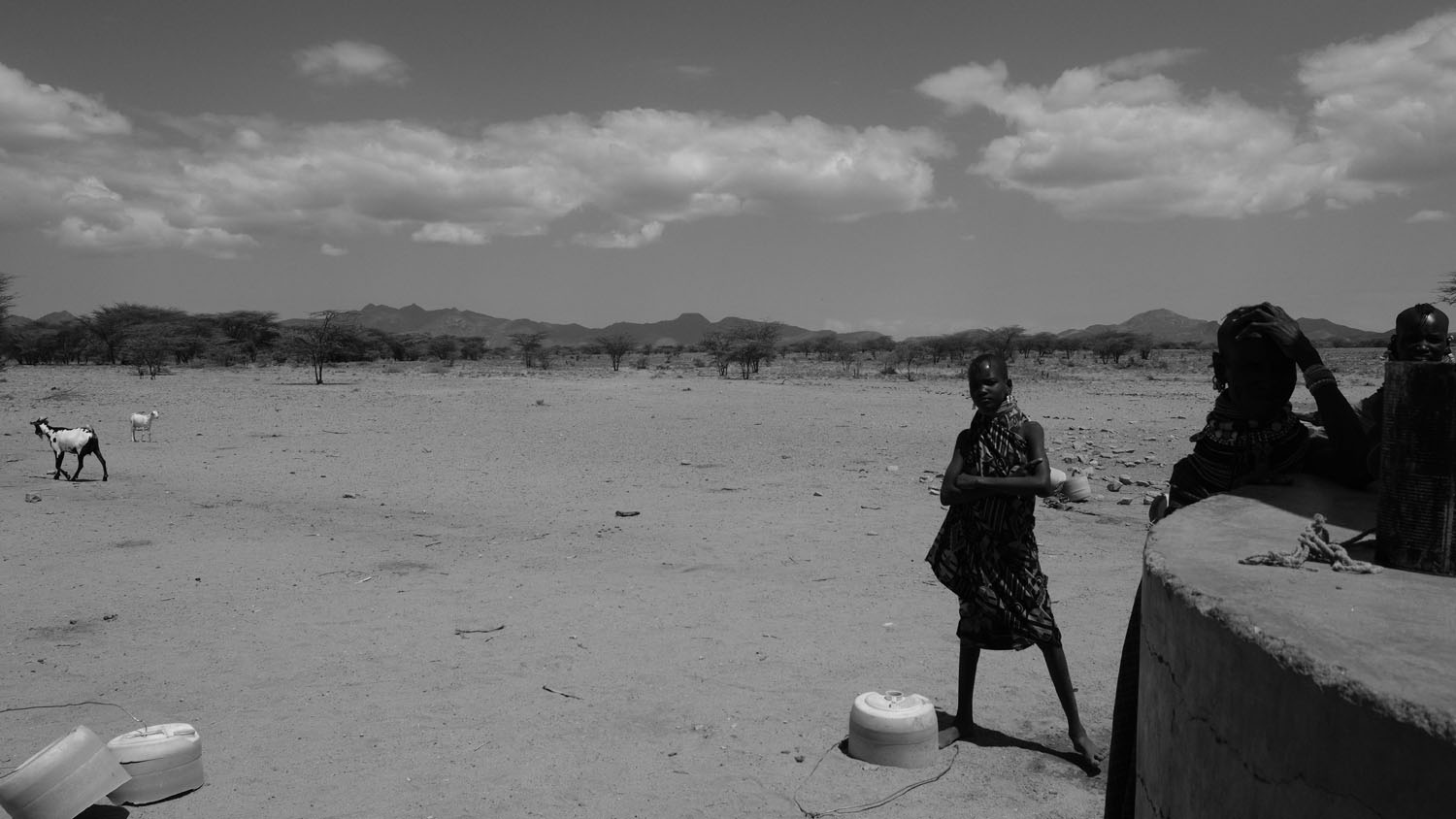
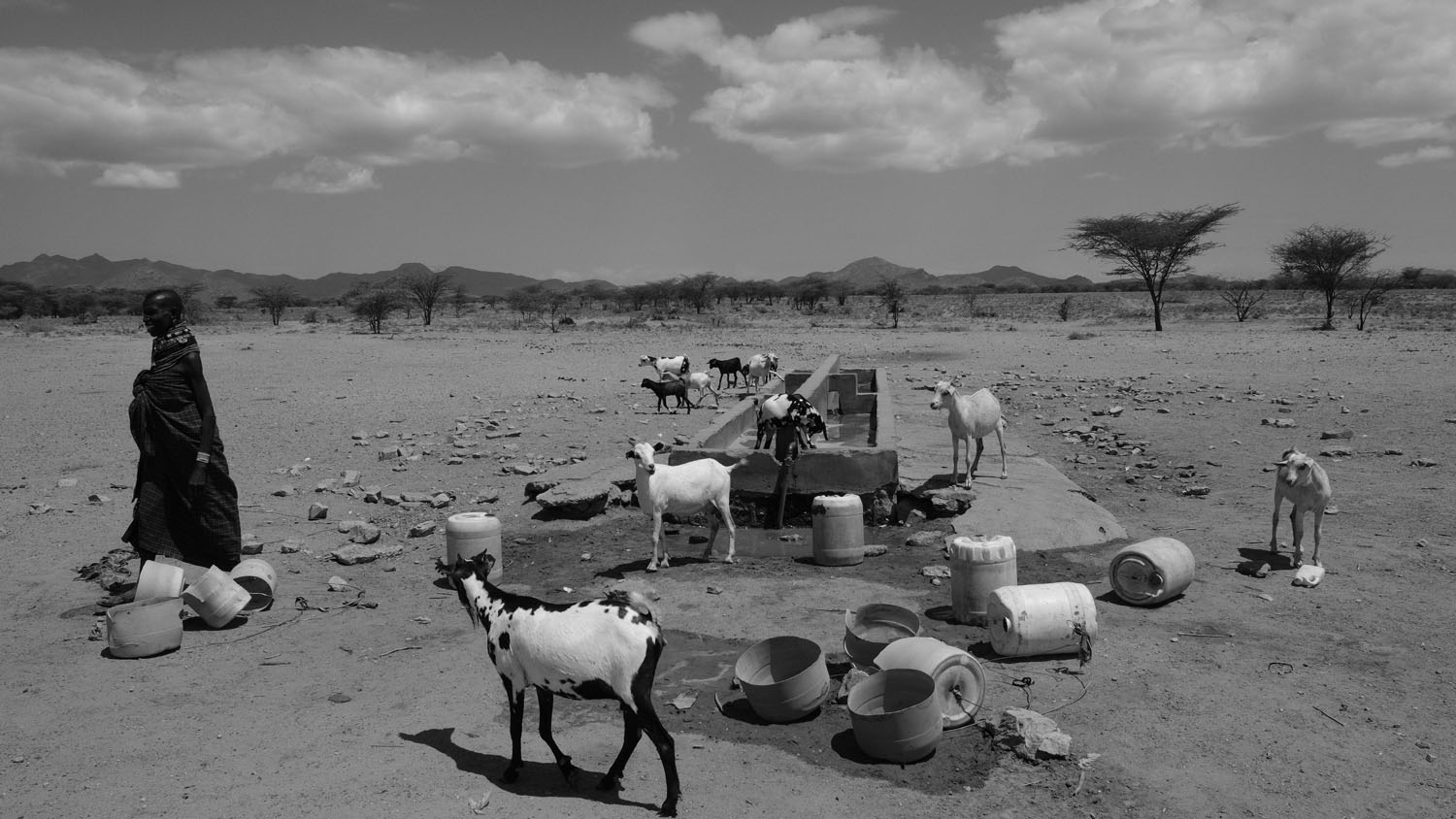
Turkana women spend much of their time gathering water and looking after livestock, the main livelihood of the region
RIGHT: Fuji X-T3 . Fuji XF18-55mmF2.8-4 @18mm . F/9 . 1/2000″ . ISO 500
Community members at boreholes around remote Lokichar, which are quickly drying up
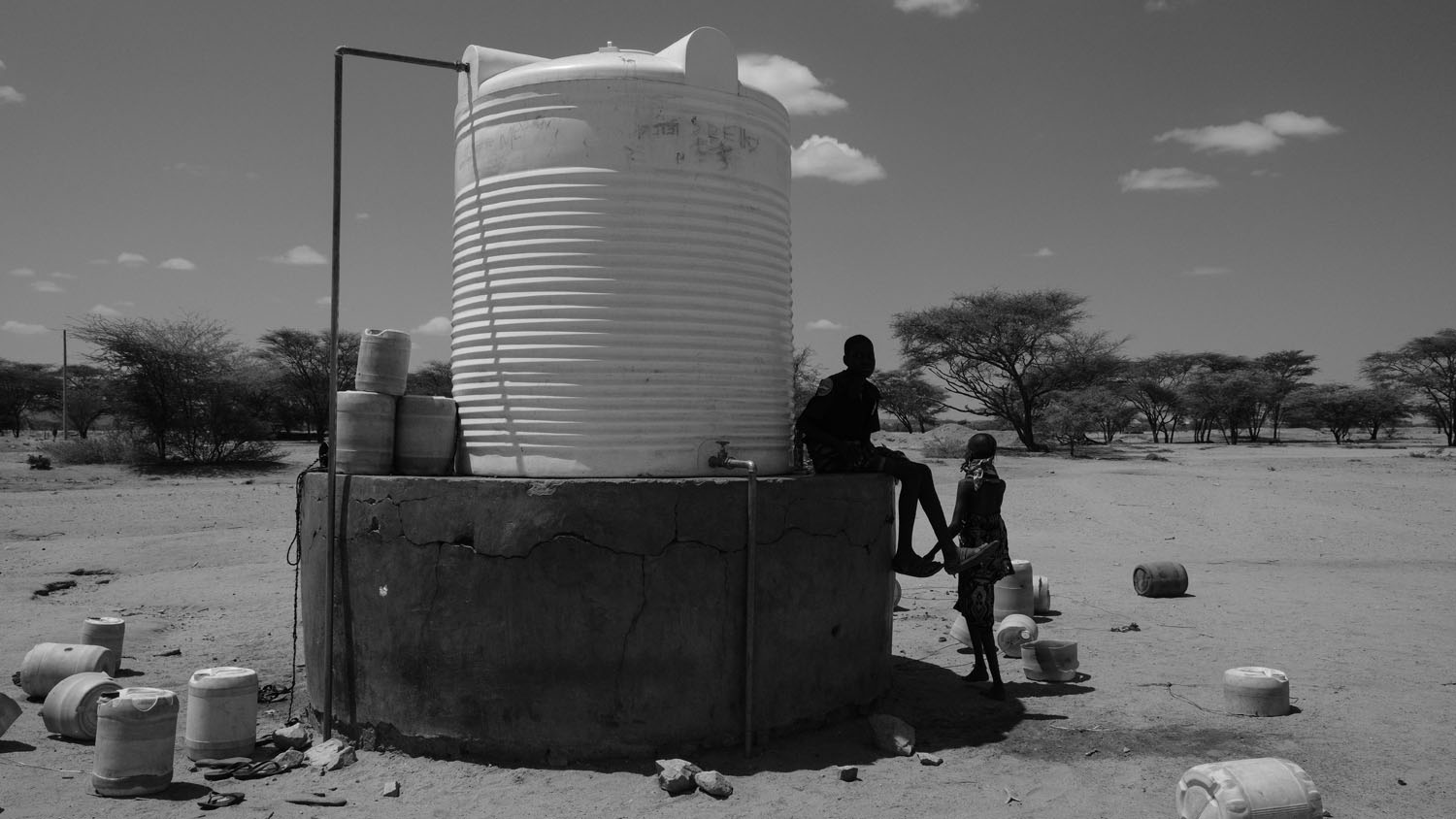

RIGHT: Fuji X-T3 . Fuji XF18-55mmF2.8-4 @18mm . F/9 . 1/2000″ . ISO 500
Community members at boreholes around remote Lokichar, which are quickly drying up
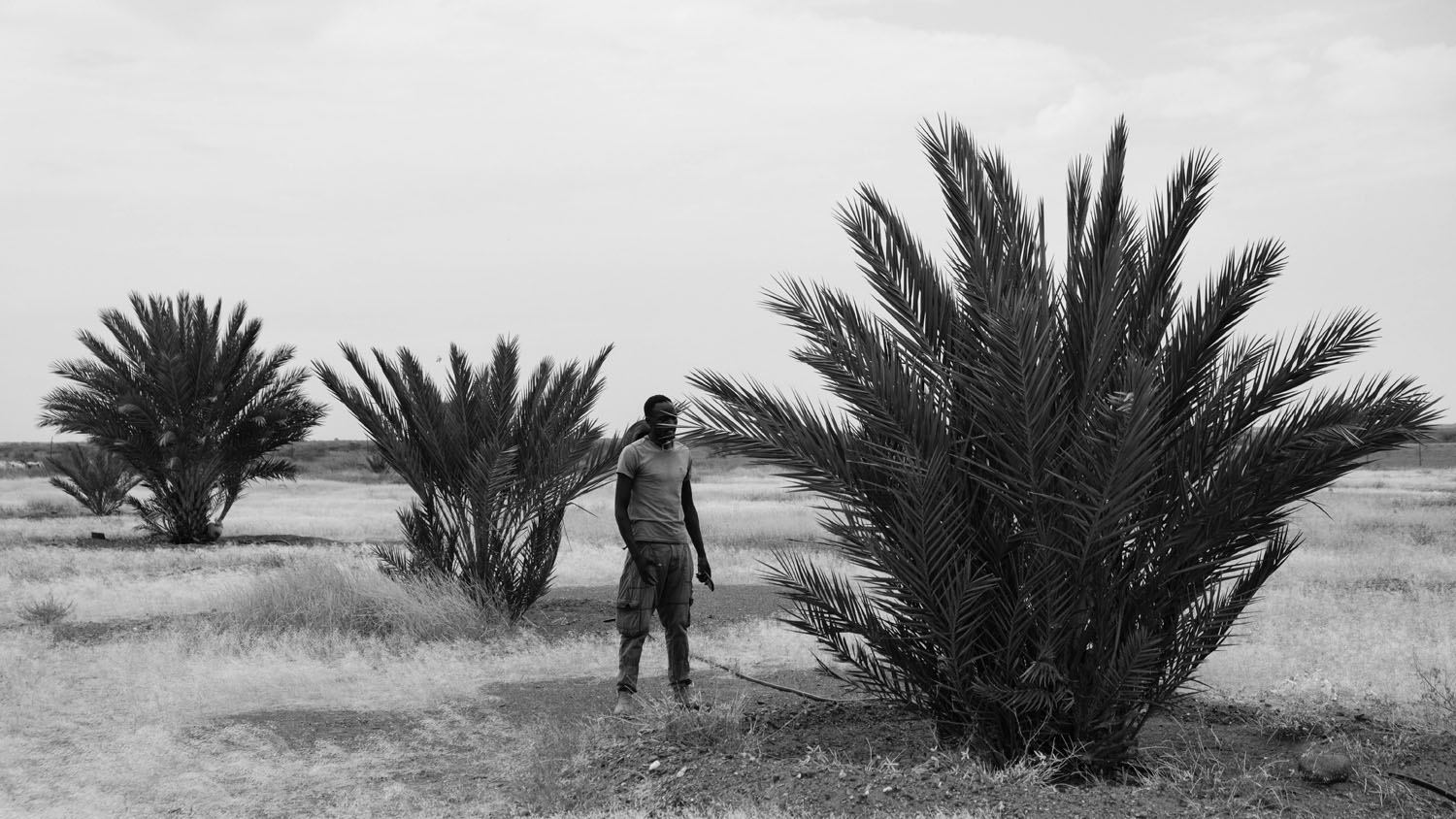
A farmer from Nairobi up in the Ilemi Triangle, aiming to teach the traditional pastoral communities about new opportunities in regenerative agriculture.

A doctor at a health clinic in Kokuro, a village in the Ilemi Triangle, a disputed region between Kenya, Ethiopia, and South Sudan.

KC 鄭康君 (b. 1995) is a Taiwanese American photojournalist covering how climate change exacerbates insecurity, cultural continuity within Indigenous communities, foreign aid, and outdoor adventure. She has been based in Nairobi for 3 years and uses photography as a tool for storytelling. She has reported from Uganda, Egypt, Norway, Finland, the US, Sri Lanka, India, the Western Sahara, and Morocco.



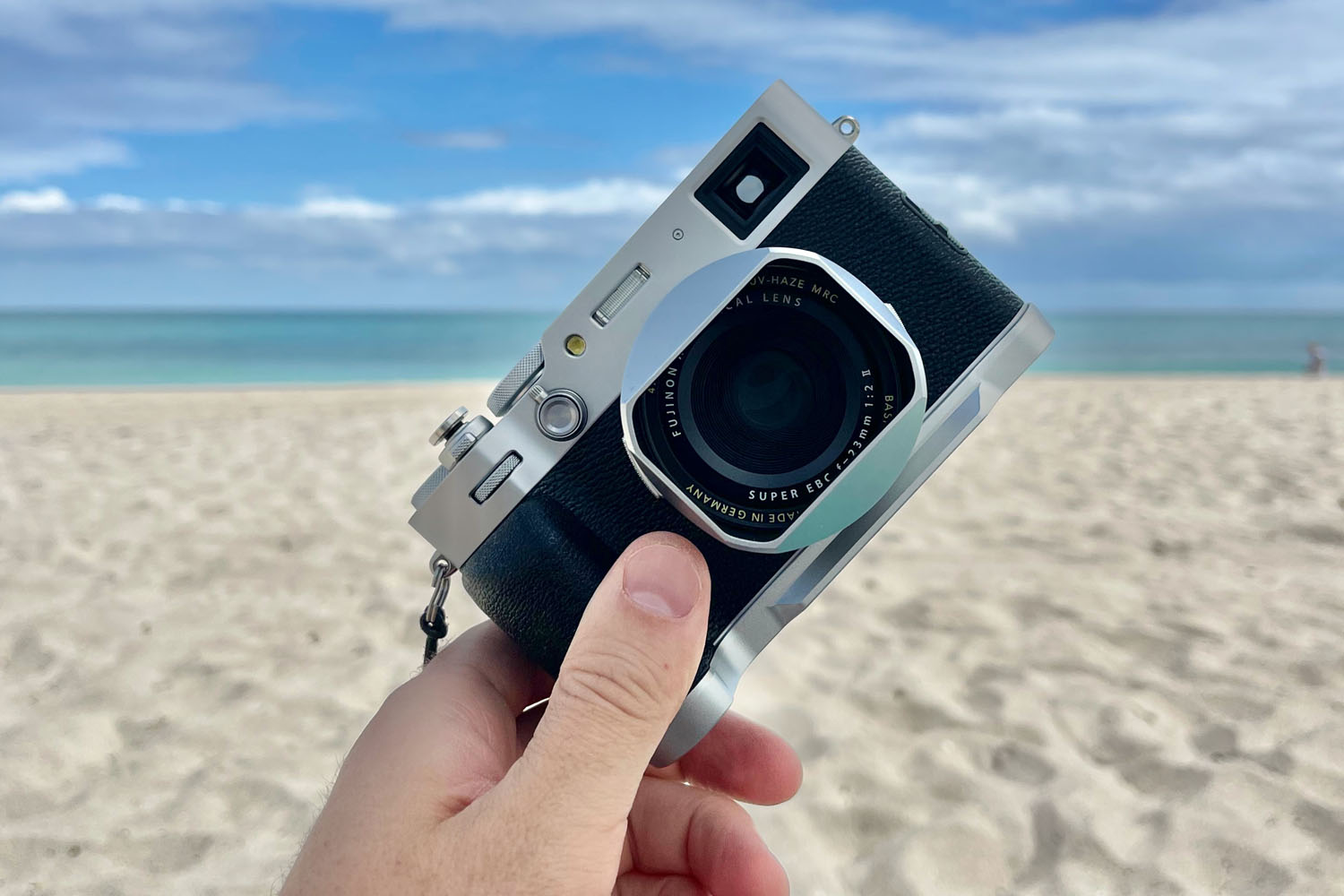

Albert Smith
February 19, 2024 @ 8:48 pm
One more vote for the Fujifilm X-T3. After I bought my first one, within a year it was clear that I would not be buying into the megapixel jump that was coming. I was happy with 16mp, accepted 24mp in my X-Pro2 and X-T2, and bought the X-T3 simply because the older bodies were no longer available new. I quickly bought a second X-T3, one silver, one black for redundancy with identical sensors, processors and ergonomic. Each has the Q menus set up the same so I can grasp either body without adjusting my mind to a different layout.
If you can get good results with an X-T3, a newer body isn’t going to fix the problem.
Žiga
March 7, 2024 @ 5:56 pm
How much are you missing IBIS?